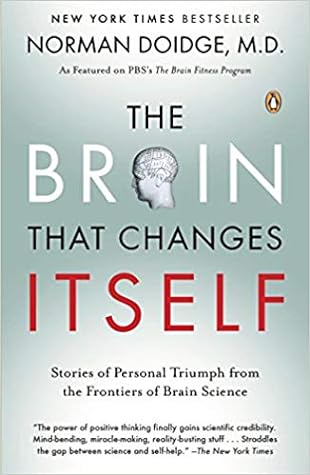Freud’s fourth neuroplastic idea helped explain how it might be possible to make unconscious traumatic memories conscious and retranscribe them. He observed that in the mild sensory deprivation created by his sitting out of the patients’ view, and commenting only when he had insights into their problems, patients began to regard him as they had important people in their past, usually their parents, especially in their critical psychological periods. It was as though the patients were reliving past memories without being aware of it. Freud called this unconscious phenomenon “transference”
...more
This highlight has been truncated due to consecutive passage length restrictions.


